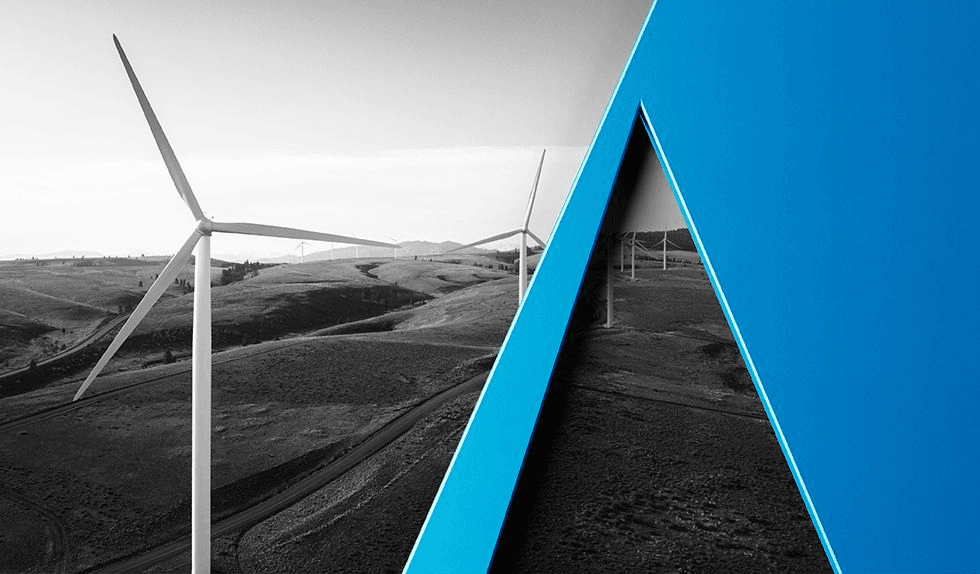On Tuesday, August 21, 2018, the U.S. Environmental Protection Agency (EPA) announced its Affordable Clean Energy (ACE) Rule, a proposal to replace the Clean Power Plan issued in 2015. EPA Acting Administrator Andrew Wheeler stated that the ACE Rule would “empower states to reduce greenhouse gas emissions and provide modern, reliable, and affordable energy for all Americans.”1
The Clean Power Plan was a marquee rule of the Obama administration’s Climate Action Plan and was anticipated to reduce carbon dioxide pollution from coal-fired power plants to 32 percent below 2005 levels by 2030 to fulfill the United States’ obligations in the Paris Climate Agreement.2 EPA argues that the ACE Rule could cost power plants $6.4 billion less in compliance costs compared to the Clean Power Plan, and could reduce carbon dioxide emissions by up to 34 percent below 2005 levels, a reduction larger than that projected by the Clean Power Plan.3
Like the Clean Power Plan, the new EPA approach would rely on Section 111(d) of the Clean Air Act to determine the best system of emissions reduction (BSER) for carbon dioxide emissions. The major distinction is that the Clean Power Plan made those reductions from fossil fuel-fired power plants, whereas the new rule would define the BSER more narrowly as requiring improvements to only coal-fired power plants’ heat-rate efficiency.4
Under the Clean Power Plan, the BSER required increasing the efficiency of coal-fired power plants, shifting electricity to natural-gas-fired power plants and increasing electricity generation from renewable energy sources.5 Under this approach, EPA was to establish the emission performance rates for coal-fired power plants, and states were to implement standards to achieve these rates.6 By contrast, under the ACE Rule, instead of considering the impact on carbon dioxide emissions from natural-gas-fired power plants and renewable energy sources, the proposed BSER focuses on only emissions from coal-fired power plants. Moreover, states would determine which technologies they would apply to particular carbon-emitting sources based on a list provided by EPA and thus would set their own levels of emissions reductions.7
The ACE Rule would give states three years from the date of the final rule to prepare and submit to EPA a plan, effectively giving plants more than four years to comply.8 The ACE Rule would also extend the time under which EPA can act on a state’s submission from four months to 12 months, as well as extend the time for EPA to issue a federal plan in place of a disapproved state plan from six months to two years.
Lastly, EPA proposed a change to its New Source Review (NSR) permitting program that governs whether changes made to power plants qualify as “major modifications” that would trigger a full EPA review process.9 Under today’s proposal, any changes to power plants that would not increase their hourly rate of emissions would not be considered major and thus would avoid a full review by EPA under the NSR program. This proposal is consistent with guidance released by EPA in December 2017.10
Note that the proposal followed an abbreviated review by the Office of Management and Budget (taking approximately half of the typical 90 days), which is no surprise, given recent statements by the U.S. Court of Appeals for the D.C. Circuit that judges would no longer keep pending litigation to delay implementation of the stayed Clean Power Plan.11 A major question that EPA is no doubt asking itself is whether this will be enough to hold off a lifting of the stay for now. The public will have an opportunity to attend at least one public hearing and comment on this proposal 60 days after it is published in the Federal Register.
1 EPA Press Release, “EPA Proposes Affordable Clean Energy (ACE) Rule” (Aug. 21, 2018), https://www.epa.gov/newsreleases/epa-proposes-affordable-clean-energy-ace-rule.
2 Carbon Pollution Emission Guidelines for Existing Stationary Sources: Electric Utility Generating Units, 80 Fed. Reg. 64,665 (Oct. 23, 2015) (codified at 40 C.F.R. Pt. 60).
3 Supra note 1.
4 Supra note 2, at 64,667.
5 Id.
6 Id.
7 Supra note 1.
8 Id.
9 Supra note 1.
10 EPA Memorandum, “New Source Review Preconstruction Permitting Requirements: Enforceability and Use of the Actual-to-Projected-Actual Applicability Test in Determining Major Modification Applicability” (Dec. 7, 2017), https://www.epa.gov/newsreleases/epa-proposes-affordable-clean-energy-ace-rule.
11 State of West Virginia, et al. v. EPA, No. 15-1363 (D.C. Cir. 2018).



